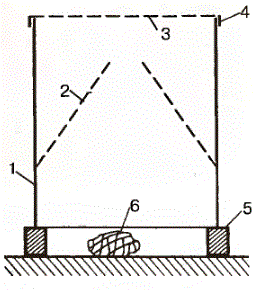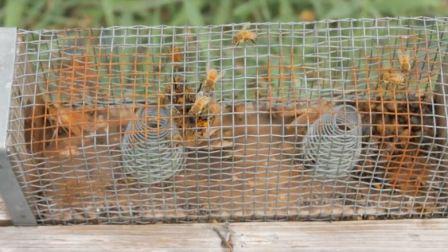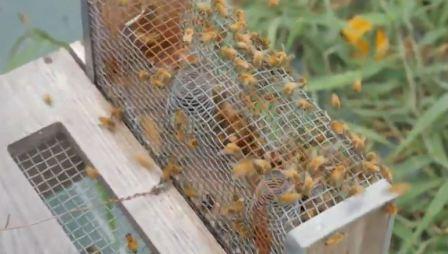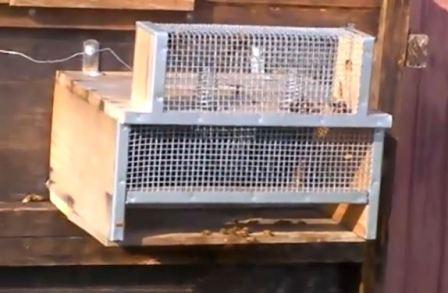How to make a hornet trap
Hornets, wasps and beewolf cause great harm to apiaries, so beekeepers need to take care in advance to ensure that the hornets do not multiply and weaken the apiary.
Hornet trap

Drawing of a hornet trap
A simple trap for hornets is offered for consideration, which is used by Serbian beekeepers. As a rule, beekeepers use different types of traps, the simplest one can be made in five minutes from a plastic bottle.
The trap consists of the following parts: a cylindrical body without a bottom 1, made of galvanized sheet metal, a cone made of wire mesh 2, which is attached at the bottom edge to the walls of the body, and at the top has a small hole (a few centimeters in diameter) for the passage of hornets, and a wire cover - mesh 3 attached to a tin ring 4, which is put on the body from above.
This device is placed on the roof of the hive or on any stand. In order for there to be a free passage under the shell for the hornets, it needs to be placed on several wooden blocks 5 2-3 cm high. Bait 6 is placed under the trap - a piece of meat or fish. Such a bait attracts hornets, but not bees; the hornets penetrate it, having had enough, usually do not return the same way, but go up towards the light, pass through a narrow hole in the cone-shaped mesh and end up in the space between the two meshes and the walls of the trap.
The hornets die there. The beekeeper only needs to periodically throw out the accumulated dead predators by removing the mesh cover.
Such a trap can be easily made by using old sieves for straining honey, installing a mesh cone inside it.
As a rule, 2-3 such traps are enough for one apiary.
Asian Hornet Trap
In Europe, the Asian hornet has noticeably devastated apiaries in the regions where it appeared. Therefore, it makes sense to consider what traps beekeepers in Japan use to destroy this large predator. A hornet trap is made of wire with a large mesh through which a bee can pass, but a predator cannot.
Two funnels allow the predator to enter the trap in pursuit of the bees, but the bee flies through the cells and the hornets remain and are subsequently destroyed.

Trap for the Asian hornet - general view of the device

Top view of installed hornet trap

General view of the Asian hornet trap
